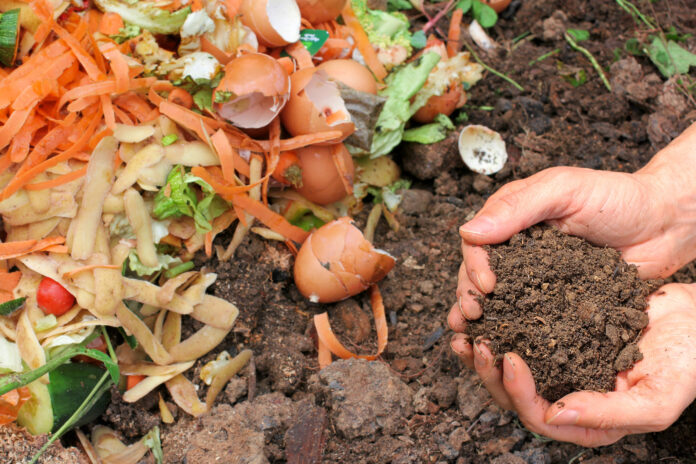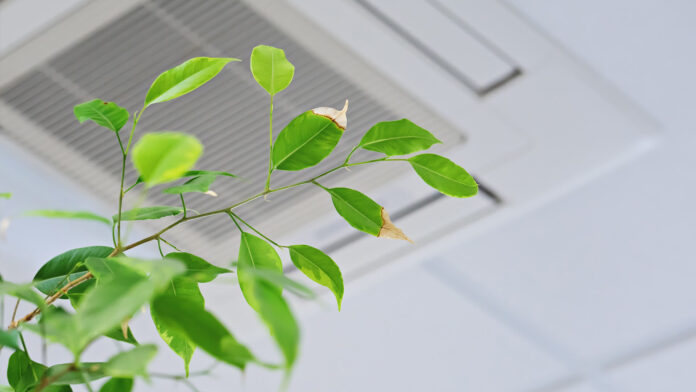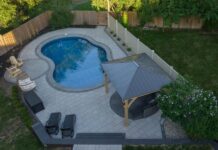Have you ever stopped to think about the environmental impact of your humble abode? Sure, it’s not as glamorous as talking about solar panels on the roof of the White House or the latest electric car. But the fact remains that our homes are a significant contributor to our ecological footprint. In fact, the U.S. Environmental Protection Agency estimates that the residential sector accounts for 20% of the nation’s greenhouse gas emissions. As Albert Einstein once quipped, “We cannot solve our problems with the same thinking we used when we created them.”
So, what’s the solution? Eco-friendly homes, of course! These sustainable sanctuaries are not only the best way to live for our planet but also for our wallets and our well-being. Studies have shown that green homes can save homeowners up to 30% on their energy bills, while the World Health Organization has found that improving indoor air quality can reduce the risk of respiratory diseases by up to 50%.
Now, building a sustainable home may sound like a daunting task, but fear not! We’ve got you covered with six clear steps to make your home more eco-friendly. From sustainable landscaping that’ll make your neighbors green with envy to swapping out your regular toilet paper for the bamboo variety (trust us, it’s a game-changer), these tips are designed to be both practical and impactful. So, without further ado, let’s dive into the world of eco-friendly living and create a home that Mother Nature would be proud of.
Energy Efficiency
You can’t talk about sustainable homes without discussing energy efficiency. After all, conserving energy is not only great for the environment but also for your bank account. Start by sealing up any drafts around windows and doors, and then move on to upgrading your insulation. Next, swap out old appliances for Energy Star-rated models, which can reduce your home’s energy consumption by as much as 45%. And finally, consider installing a programmable thermostat, which can save you up to 10% on heating and cooling costs by automatically adjusting the temperature when you’re not at home or asleep.
Sustainable Materials
When it comes to sustainable homes, the materials you choose can make a world of difference. Opt for reclaimed or recycled materials whenever possible, and seek out products with low or no volatile organic compounds (VOCs) to improve indoor air quality. For example, bamboo is a fantastic eco-friendly material that can be used for flooring, cabinetry, and even bamboo toilet paper! Remember, as William McDonough, architect and author of Cradle to Cradle, said, “Design is the first signal of human intention.” Let your sustainable intentions be clear with the materials you choose for your home.
Water Conservation

Water is a precious resource, and with climate change causing droughts in many areas, it’s more important than ever to use it wisely. Start by fixing any leaks in your home, as they can waste thousands of gallons of water per year. Install low-flow faucets, showerheads, and toilets to reduce your water consumption, and consider investing in a rainwater harvesting system to collect and use rainwater for your landscaping needs.
Sustainable Landscaping
A well-designed, sustainable landscape not only boosts your home’s curb appeal but also benefits the environment by conserving water, supporting pollinators, and reducing the need for chemical fertilizers and pesticides. Incorporate native plants that are adapted to your local climate, and use mulch to conserve moisture and suppress weeds. Consider implementing a rain garden to help capture and filter stormwater runoff and plant trees strategically to provide shade and reduce energy costs. With a thoughtfully designed sustainable landscape, your home’s exterior will be the envy of the neighborhood while also providing a haven for local wildlife.
Indoor Air Quality
A healthy home environment is just as important as an eco-friendly one. One way to ensure your indoor air is clean and fresh is by incorporating houseplants that act as natural air purifiers, such as spider plants, snake plants, and peace lilies. Make sure to also use non-toxic cleaning products and opt for eco-friendly paint to minimize VOCs. Additionally, remember to change your air filters regularly and consider installing an air purifier to further improve indoor air quality.
Solar Power
Harnessing the power of the sun is a no-brainer when it comes to creating a sustainable home. Solar panels can drastically reduce your home’s carbon footprint and save you money on your energy bills. With the cost of solar panels steadily decreasing and various incentives available, such as tax credits and rebates, there’s never been a better time to go solar. Plus, with net metering, you can even sell excess energy back to the grid, making solar power not just an eco-friendly choice but also a financially savvy one.
Waste Management and Composting

The way we handle waste can have a profound impact on the sustainability of our homes. Start by implementing a robust recycling system in your home, separating plastics, paper, glass, and metals for appropriate recycling. But don’t stop there — consider composting your organic waste. Composting is a fantastic way to reduce the amount of garbage sent to landfills and provides rich, nutrient-filled soil for your garden or landscape. Plus, it’s a wonderful way to give back to the Earth and complete the cycle of sustainability.
Smart Home Technology
Sustainable homes can also benefit greatly from smart home technology. Smart lighting systems, for instance, can significantly reduce energy use by ensuring lights are only on when needed. Automated blinds can adjust based on the time of day or the amount of sunlight, helping to regulate the temperature in your home and reduce heating and cooling costs. Smart power strips can reduce phantom power draw, while smart appliances can operate at off-peak times to save energy and reduce costs.
Building a sustainable home is not only an investment in our planet’s future but also in our own well-being and financial security. By implementing these strategies we can create homes that are not only eco-friendly but also healthier, more comfortable, and cost-effective.
As the legendary environmentalist John Muir once said, “In every walk with nature, one receives far more than he seeks.” By embracing sustainable living and creating eco-friendly homes, we not only help to protect the environment but also enrich our own lives in the process. So, let’s roll up our sleeves, grab that bamboo toilet paper, and get to work on building a brighter, greener future for ourselves and generations to come.











